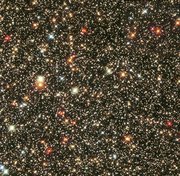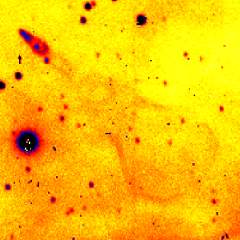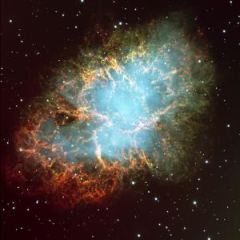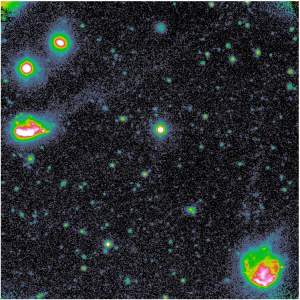Current Research

http://en.wikipedia.org/wiki/Star
There are many different types of research from a variety of angles being done on stars. Astronomers, professors, and scientists have discovered an abundance of new information concerning the matter in the universe by primarily studying our sun.
Astrophysical fluid dynamics is one property currently under research at the University of Cambridge. This topic is mainly concerned with solar and stellar magnetic fields. This is actually a new field of research called, "helioseismology." The focus of this subject is the observations of the sun's short-lived oscillatory modes. Their origins are not sure, but it has been determined that they are either acoustic or gravitational. Many things studied in this field provide new tools to study the interior of the sun (Gough, 2004).
http://sunearth.gsfc.nasa.gov/sechtml/tut.html
Some astrophysicists from Max-Planck-Intitute study the extremely high space velocities of pulsars. Many of their studies are based on computer models that do confirm asymmetric connections during large explosions called supernovas. Other forms of research involve neutron stars which are the remains after a supernova explosion. This also follows up on the study of pulsars and their very high velocities. To the lower left is the material left behind of a neutron star traveling 1600 km/s. The lower right is a nebula which holds the Crab Pulsar in its center (Scheck, 2003).

http://www.mpa-garching.mpg.de/mpa/research/current_research/hl2003-10/hl2003-10-en.html
Another area of research are cluster galaxies. A galaxy is an enormous, often circular disk that is normally several million light years across. They commonly carry billions of stars like our own galaxy, the Milky Way. Cluster galaxies are a group of galaxies pulled together by their own gravitational force. However, some stars are not part of a particular galaxy and float in free space in a sense. Researchers interested in this field study the interactions of galaxies as they whirl around each other. Quantitative observations are made possible by the Hubble Telescope. Using such devices, a large amount of information can be concluded concerning force interactions of cluster galaxies (Zibetti, 2004).
http://www.mpa-garching.mpg.de/mpa/research/current_research/hl2004-11/hl2004-11-en.html
Above are two photos of cluster galaxies that are currently being studied.



